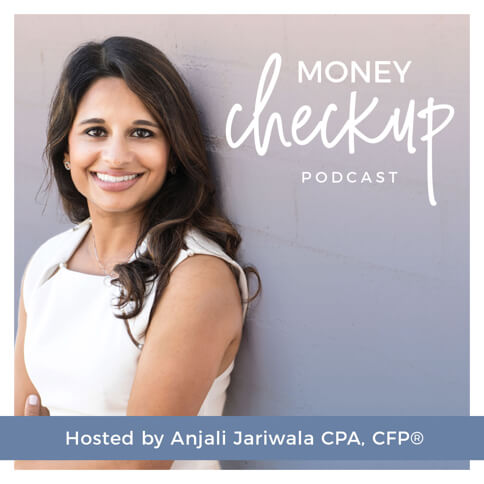As a physician about to finish training you are excited about finally practicing… and getting your financial life in order. However, there are a few key mistakes many physicians make. Here’s what to watch out for
- Not obtaining disability during residency/fellowship – Disability insurance is cheapest when you are a resident/fellow. Even if you eventually take a job where your employer will provide disability, as a physician it is good to have a personal policy. And having a guaranteed renewable rider on the policy helps ensure that the insurance company continues to renew the policy as long as premiums are being paid. Group policies through an employer do not usually have this. When obtaining disability as a resident, get an income rider which allows you to increase the benefit without having to go through medical underwriting. This is especially important once you finish residency and start to earn more money. Also watch out for states that have higher disability premiums or don’t necessarily offer own occupation. Once example is in California – if you are training outside of CA but are planning to move to CA, getting your disability policy in place before you move can save you money over the long run as premiums in CA are usually 25% higher than most other states.
- Not negotiating your contract – In corporate America it’s typical that the first offer you receive from a job is just a starting point of the negotiation process. However, this can almost seems taboo in the medical community. Many physicians feel uncomfortable or have a sense that they’re not permitted to negotiate their contract. This is not the case. As a physician, you should be able to ask for what you believe you need. The worst thing that could happen – is that they say no. It’s also critically important to review your contract in its entirety, because salary is usually only a portion of the total benefits you may receive. Getting a second set of eyes to look it over can be a big help. For example, benefits that provide a pension or deferred compensation plan may carry more weight than just a standard 401(k). Or the group/hospital may cover medical premiums, which is an added a benefit. Take into account all of the benefits as well as growth potential – is there an opportunity to become a partner? If so, how many years will it take?
- Purchasing a home using a 0% down doctor loan – Doctor loan programs can be a great way to purchase a home with little or no money down but think twice before doing this. Some physicians purchase a home during residency or fellowship and convert it to a rental property after they start practicing. Unfortunately, many of these homes may have been purchased with very little down or on an ARM (adjustable rate mortgage). Be cautious of these loans – you may not be able to refinance since most companies require an 80% loan to value (at least 20% equity in the home) or the rate may be much higher when you refinance. If you purchased a home with 0% down and there hasn’t been much appreciation, it may be difficult to get to 20% without putting money in yourself. Further, many times these properties are not ideal rental properties and may be operating with very little, if not negative cash flow. If you want to purchase a home, try to at least put 10% down (if not 20% or more) and if you think you might convert it to a rental property – make sure it makes sense. A financial advisor can help you analyze whether a rental property is a good investment by looking at the potential cash flow, looking at the capitalization rate and more.
- Not maxing out on 401(k), 403(b)s or other employer retirement plans – The earlier you start to save for retirement, the better. As a physician, by the time you are done with training and start practicing you may be in your early 30s. Thus, you are behind on saving for retirement compared with someone who started working at 22 and was contributing to retirement. On the tax side, contributions into a 401(k) are tax-deferred, meaning your income is reduced by the amount you put into the plan and is not taxed until you retire. For many physicians this can be a huge savings because you most likely will be in a higher tax bracket while working than in retirement, so the more you can defer, the bigger the tax savings.
- Not selecting the ideal repayment plan for student loans – Federal student loans provide a number of repayment options that could save you hundreds if not thousands of dollars. The simplest and most aggressive repayment plan is the standard 10 year. The more popular one is Income Driven Repayment Plans such as REPAYE or PAYE which adjusts according to your income. After a period of time, if there is still a balance remaining, it is forgiven. However, keep in mind that any forgiven balance is income that you pay tax on. Public Service Loan Forgiveness (PSLF) is a generous program that permits loan forgiveness without any tax implications after 10 years of service. The big caveat is that one must work for a qualified organization, usually a nonprofit or government entity. Only certain types of loans qualify for for PSLF so it is important to review what types of loans you have and whether you work for an organization that qualifies.
Can you think of something else you wish you’d known? Other mistakes or missteps you’ve run into? Let us know in the comments section.




